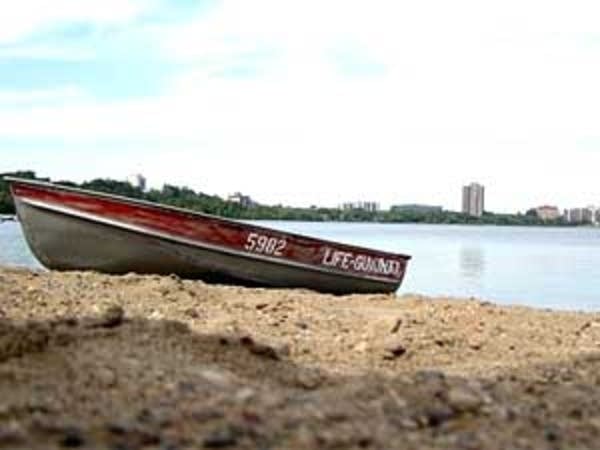PFC's prompt fish advisories in Lake Calhoun and Mississippi River
Go Deeper.
Create an account or log in to save stories.
Like this?
Thanks for liking this story! We have added it to a list of your favorite stories.
[image]
The Minnesota Pollution Control Agency was expecting to find PFCs in Mississippi River fish. For decades 3M's production plant in Cottage Grove discharged thousands of pounds of the chemicals into the river. The plant still releases PFCs, although the amounts have diminished greatly in recent years.
A previous MPCA fish study conducted in 2005 was the first to show that several species of river fish had PFCs in their tissue. This latest round of testing, conducted on dozens of additional fish, simply confirms those results and expands the list of affected species to include walleye, northern pike, largemouth bass and carp.
But the Minnesota Pollution Control Agency was not expecting to find high levels of PFCs in Lake Calhoun, located in the heart of Minneapolis's Uptown neighborhood.
Turn Up Your Support
MPR News helps you turn down the noise and build shared understanding. Turn up your support for this public resource and keep trusted journalism accessible to all.
"I think we were all surprised and are very concerned about it. We didn't expect to see levels like this so far away from the known disposal areas and manufacturing areas," said Paul Hoff, who supervises the MPCA unit that conducted the sampling.

Hoff's group collected five white suckers and five bluegills from Lake Calhoun. All of them revealed some level of PFCs. But the bluegills had the most. The average level of PFOS among the five fish was 319 parts per billion. That was enough to prompt the Minnesota Department of Health to issue a new fish advisory recommending no more than one meal of bluegills per month from Lake Calhoun.
"The levels that we see here are even higher than downstream from the 3M plant, would indicate there's some other source to me," according to Hoff. "But again we're real early in our investigation on that and I have a number of different angles to track down to try and find out why it's showing up there at Calhoun."
One of those angles is whether the chemicals are coming from a disposal area somewhere in the Minneapolis watershed.
Another possibility is homes or businesses. Besides 3M's Scotchgard-brand spray, there are at least a dozen other known products that contained PFOS including firefighting foam.
In addition to the hunt for the source, MPCA officials also want to find out why the chemicals seem to accumulate in bluegills more than most other species of fish tested so far.
"There's obviously something going on with the bluegill that we don't understand with the accumulation of these chemicals," said University of Minnesota researcher Matt Simcik. His 2004 water samples from Lake Calhoun were the first to detect PFOS in the lake. His findings prompted the MPCA to sample the lake's fish last year.
Simcik's samples showed levels of PFOS between 20 to 30 parts per trillion in the water. He says that should have translated to roughly 20 to 30 parts per billion in the tissue of any exposed fish -- not 300 parts per billion.
"It seems like perfluorochemicals keep doing this to us at every turn. Once we think we've got them understood they tend to behave differently than we expect them to," he said.
Besides the Lake Calhoun fish consumption advisory, the Minnesota Department of Health has revised some of its recommendations for fish in the Mississippi River. Advisories now extend from the Twin Cities all the way to Winona. The new guidelines can be found on the agency's Web site.
Environmental health researcher Pat McCann says her agency is also making a special effort to get the word out to some groups who may fish in these areas more frequently and thus have potentially higher levels of exposure.
"There's a Hmong radio station and a Vietnamese radio station. So we're getting messages put on those radio stations and I think Lao and Cambodian as well," McCann said.
In the next month the Health Department, along with the MPCA and the DNR will test more metro area fish for PFCs. They plan to sample fish in Lake Minnetonka, White Bear Lake, Bald Eagle Lake, Hiawatha, Nokomis and the Lake Phalen and Lake Elmo chains.
3M wouldn't comment on the MPCA's fish study. A spokesman says the company wants to examine the data first.


